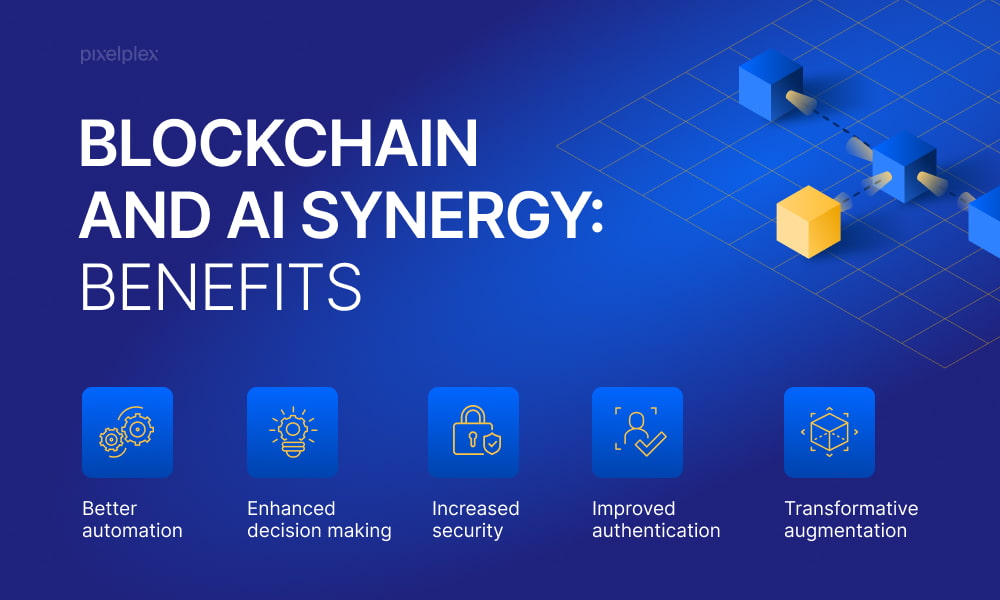
Unveiling the Power of Machine Learning in Fraud Detection
Navigating the Complexity: Machine Learning in Fraud Detection
In the intricate landscape of cybersecurity, machine learning emerges as a formidable ally in the ongoing battle against fraudulent activities. This article unravels the dynamics of employing machine learning techniques for fraud detection, shedding light on its significance, methodologies, and the ever-evolving strategies to safeguard against deceit.
Understanding the Significance of Fraud Detection
Fraudulent activities pose a constant threat in the digital age, affecting various sectors such as finance, e-commerce, and healthcare. The significance of fraud detection lies in its ability to identify and thwart deceitful actions, preserving the integrity of systems, protecting sensitive data, and minimizing financial losses.
Machine Learning as the Guardian Against Fraud
Machine learning stands at the forefront of the arsenal against fraud, leveraging advanced algorithms to analyze vast datasets and detect patterns indicative of fraudulent behavior. Unlike rule-based systems, machine learning adapts and evolves, continuously learning from new data to enhance its detection capabilities.
The Role of Supervised Learning in Fraud Detection
Supervised learning plays a pivotal role in fraud detection, where models are trained on labeled datasets to distinguish between genuine and fraudulent transactions. This approach enables the model to learn from historical data, identifying subtle patterns that may indicate fraudulent activities with a high degree of accuracy.
Unsupervised Learning for Anomaly Detection
In cases where labeled data is scarce, unsupervised learning becomes a valuable tool. Anomaly detection techniques within unsupervised learning focus on identifying deviations from normal behavior, flagging transactions or activities that exhibit unusual patterns. This approach is particularly effective in detecting novel and evolving forms of fraud.
Machine Learning Models in Action
Fraud detection employs a variety of machine learning models, including decision trees, random forests, support vector machines, and neural networks. Each model brings its strengths to the table, whether it’s the interpretability of decision trees or the complexity handling capabilities of neural networks.
Real-Time Fraud Detection and Adaptive Models
The immediacy of fraud demands real-time detection capabilities. Machine learning models are designed to operate in real-time, swiftly analyzing incoming data and making instantaneous decisions. Adaptive models continuously learn and update their understanding of fraud patterns, ensuring resilience against evolving tactics.
Challenges and Considerations in Fraud Detection
While machine learning is a potent weapon in the fraud detection arsenal, it comes with its set of challenges. Adversarial attacks, imbalanced datasets, and the need for interpretability are considerations that demand attention. Addressing these challenges requires a holistic approach, combining technical prowess with ethical considerations.
Ethical Implications and Responsible AI in Fraud Detection
As machine learning systems become integral in fraud detection, ethical considerations gain prominence. Responsible AI practices involve ensuring fairness, transparency, and accountability in the deployment of fraud detection models. Striking the right balance between security and ethical considerations is crucial in the evolving landscape of fraud prevention.
Embarking on a Journey to Master Fraud Detection with Machine Learning
For those eager to delve into the realm of fraud detection with machine learning, fraud detection machine learning courses at ITcertsBox offer a















